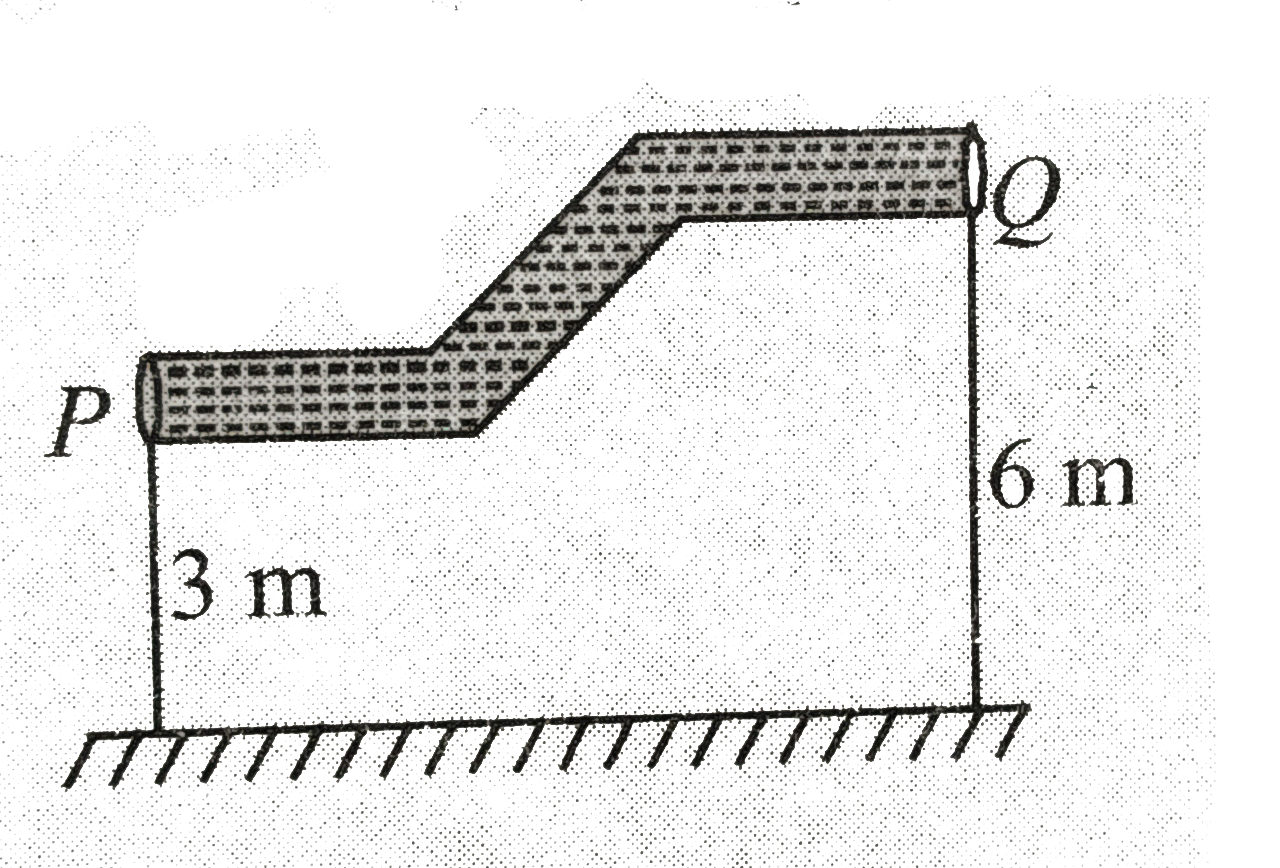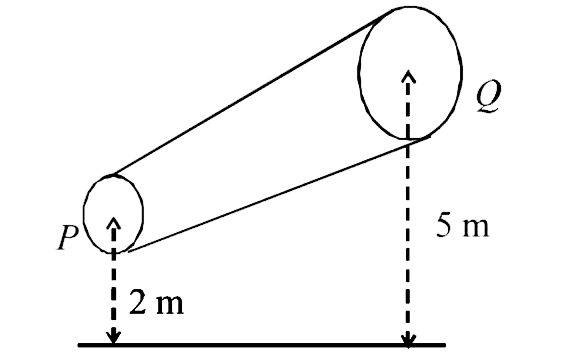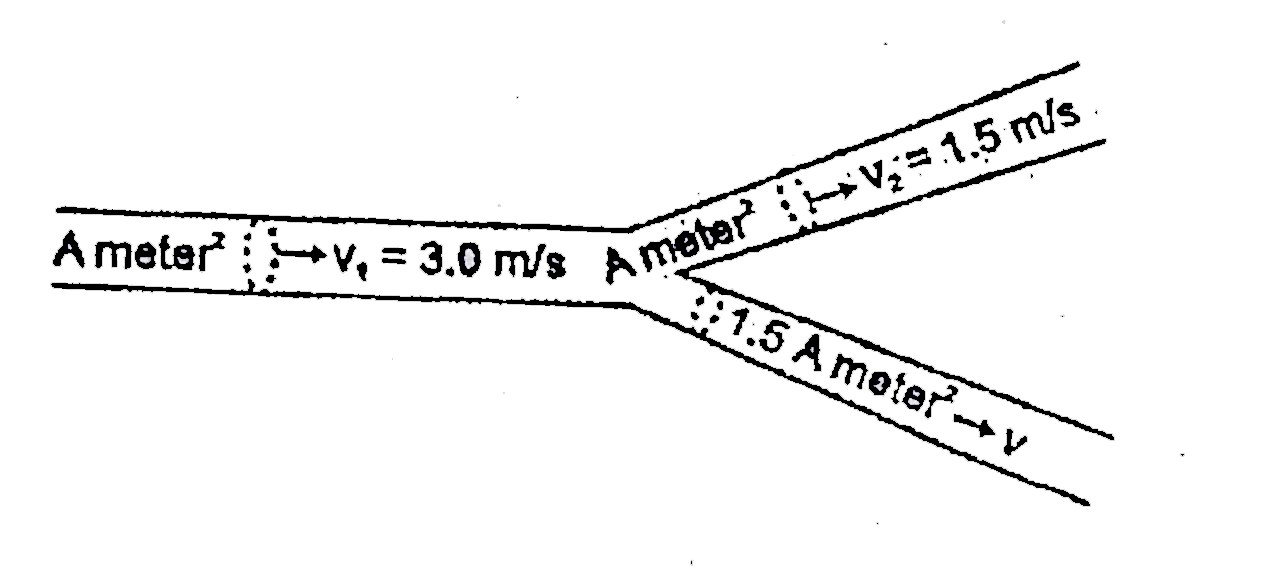Fluid Flows
Step-by-Step Solution: Types of Fluid Flows
1. Identify the Types of Fluid Flows: There are three main types of fluid flows: streamline flow, laminar flow, and turbulent flow.
2. Streamline Flow:
- In streamline flow, all fluid particles passing through a specific point have the same velocity and follow the same path.
- This means that the flow is smooth and predictable, with no mixing of different layers of fluid.
3. Laminar Flow:
- Laminar flow is characterized by the movement of fluid in layers or "laminae."
- In this type of flow, the speed of the fluid is less than a certain threshold known as the critical speed.
- The flow remains orderly, and the layers slide past one another without significant mixing.
4. Turbulent Flow:
- Turbulent flow occurs when the speed of the fluid exceeds the critical speed.
- This type of flow is irregular and chaotic, with eddies and vortices forming due to the high velocity of the fluid.
- The flow is characterized by a lack of smoothness and predictability, often resulting in mixing of different fluid layers.
5. Visual Representation:
- It can be helpful to visualize these flows:
- Streamline Flow: Imagine a straight river where the water flows smoothly without any disturbances.
- Laminar Flow: Picture layers of water flowing gently, like syrup pouring over pancakes.
- Turbulent Flow: Think of a fast-moving river with rapids, where the water splashes and swirls chaotically.
- In streamline flow, all fluid particles passing through a specific point have the same velocity and follow the same path.
- This means that the flow is smooth and predictable, with no mixing of different layers of fluid.
- Laminar flow is characterized by the movement of fluid in layers or "laminae."
- In this type of flow, the speed of the fluid is less than a certain threshold known as the critical speed.
- The flow remains orderly, and the layers slide past one another without significant mixing.
- Turbulent flow occurs when the speed of the fluid exceeds the critical speed.
- This type of flow is irregular and chaotic, with eddies and vortices forming due to the high velocity of the fluid.
- The flow is characterized by a lack of smoothness and predictability, often resulting in mixing of different fluid layers.
- It can be helpful to visualize these flows:
- Streamline Flow: Imagine a straight river where the water flows smoothly without any disturbances.
- Laminar Flow: Picture layers of water flowing gently, like syrup pouring over pancakes.
- Turbulent Flow: Think of a fast-moving river with rapids, where the water splashes and swirls chaotically.
Similar Questions
Assertion : When an ideal fluid flows through a pipe of non-uniform cross-section, then pressure is more at that section where area is more if the pipe is horizontal.
Reason : According to Bernoulli's theorem speed at broader cross-section will be less.
View SolutionA non-viscous liquid of constant density 500kg/m3 flows in a variable cross-sectional tube. The area of cross section of the tube at two points P and Q at heights of 3m and 6m are 2×10−3m3 and 4×10−3m3, respectively. Find the work done per unit volume by the forces of gravity as the fluid flows from point P to Q.

View Solution
Knowledge Check
An incompressible fluid flows steadily through a cylinder pipe which has radius 2 R at point A and radius R at point B further along the flow direction. IF the velocity at point A is v, its velocity at a point B will be
A2 vBvCv/2D4v
A non-viscous liquid of constant density 1000kg/m3 flows in a streamline motion along a tube of variable cross section. The tube is kept inclined in the vertical plane as shown in Figure. The area of cross section of the tube two point P and Q at heights of 2 metres and 5 metres are respectively 4×10−3m2 and 8×10−3m2. The velocity of the liquid at point P is 1m/s. Find the work done per unit volume by the pressure and the gravity forces as the fluid flows from point P to Q.

View SolutionExplain why a fluid flowing out of a small hole in a vessel results in a backward thrust on the vessel.
View SolutionFigure shows an ideal fluid flowing through a uniform cross-sectional tube in the vertical tube with liquid velocities vA and vB and pressure PA and PB. Knowing that offers no resistance to fluid flow then which of the following is true.

View SolutionAn incompressible liquid flows through a horizontal tube as shown in the figure. Then the velocity 'v' of the fluid is:

View SolutionFluid mosaic model was proposed by:-
View SolutionA portion of a tube is shown in the figure. Fluid is flowing from cross-section area A1 to A2. The two cross-sections are at distance 'l' from each other. The velocity of the fluid at section A2 is √gl2. If the pressures at A1 & A2 are same, then the angle made by the tube with the horizontal will be:

View SolutionThe pressure of an imcompressible & non - viscous fluid also depends upon the velocity of flow at that point .
View Solution
